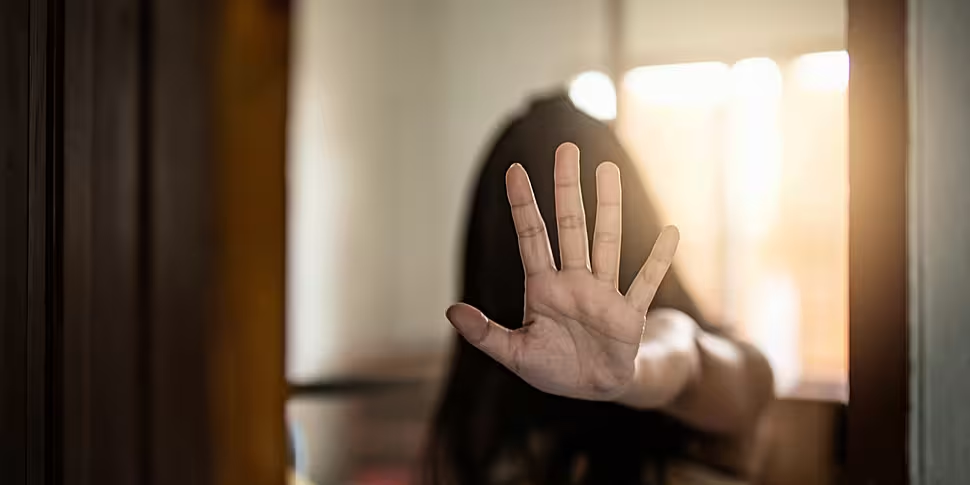Calls for people accused of domestic violence to be removed from their home while investigations are carried out are very welcome, according to the CEO of Offaly Domestic Violence Support Services.
The Children’s Ombudsman Dr Niall Muldoon has said people accused of domestic abuse should be removed from their home to stop the “moral bankruptcy” of survivors being made homeless after reporting abuse.
Dr Muldoon believes those accused of domestic abuse should be treated in the same way as those accused of sexual abuse and barred from their home while an investigation nis carried out.
He is warning that many women living with severe violence are forced to either remain in abusive situations or face homelessness.
On The Pat Kenny Show this morning, Offaly Domestic Violence Support Services CEO Anne Clarke said domestic abuse is currently at ‘epidemic’ levels.
“There's huge levels of violence at the moment,” she said.
“We're seeing really, really serious levels of perpetration of physical violence with women presenting to our service.”
She said survivors have to go through several legal steps after making an allegation of abuse.
First, they have to go to court to get a temporary Protection Order – which directs an abuser to stop committing further acts of violence or threats but allows them to remain in the home.
Second, they can apply for a Safety Order, which is a more permanent version of the Protection Order.
Thirdly, they can apply for a Barring Order, which directs an alleged abuser to leave and stay from the home and any dependent children.
The order lasts for seven days and is only granted where a survivor can show that they are real risk of physical violence or threats to kill.
After seven days, a judge can extend the barring order for up to three years.
Domestic abuse
Ms Clarke said Barring Orders are “extremely difficult to get”.
“Particularly coming out of COVID, judges will say, well, does the [alleged abuser] have somewhere to go if I remove them from the home?” she said.
“So ordinarily, what's happening is that women are looking at a choice of, if I leave here, can I pay the rent? Can I feed the children?
“If I can't do both, I'm going to have to return back into that abusive home.”
Ms Clarke said it can take months to get a Safety Order from the courts.
“Then they have to go home and now that perpetrator has been informed that they've contacted the judiciary and the guards, and, you know, they're now at home, at risk, without any order at all,” she said.
False claims
Asked whether the system was aiming to protect people from false claims of abuse, she said false claims are “extremely rare”.
“I've been working over 15 years in this sector and, you know, it's not something I have ever come across,” she said.
“It's very, very rare and really, when you have a victim of abuse be it male or female, they're not going to be putting themselves through that ordeal and trauma and fear and going in front of a judge to give their story and discuss very private things that are happening in their family home – you're not doing that unless that is what's happening to you.”
Ms Clarke said that years ago, the premise was always that the alleged perpetrator should be removed from the home; however, “somewhere along the way, the pendulum has moved to the other side”.
“Now it's the victim and children that have to actually leave the family home,” she said.
“I don't know where we got lost along the way that it has suddenly shifted [to a situation] where the most vulnerable are the ones having to leave their homes.”
You can listen back here:









